As organisations store growing volumes of digital information, it becomes increasingly critical to efficiently and securely manage and store their data. As this need grows, we see the processes of document management and records management overlap. So as the industry continues to evolve, it’s essential to know how these two distinct disciplines work and how they differ.
Document management vs records management
Document management and records management are both processes that help businesses manage and store information efficiently and improve their data discovery. However, there are distinct differences between the two that affect your decision over which one you need.
What is document management?
Document management is the process of using strategies and tools to bring structure to unstructured data. This is achieved using document management systems (DMS), which enable organisations to create, edit, find, share, manage and store their word documents, pictures, presentations and spreadsheets.
The critical aim of document management is to ensure information is organised appropriately and enable employees to find the information they need when they need it. It’s also essential to maintaining version control, establishing a single source of truth and digitising physical documents. This process also makes it easier for people to search for documents, find them more quickly, and prevent information from being lost or filed in the wrong location.
These benefits are especially crucial to organisations in highly regulated sectors, such as architecture, construction and engineering (ACE) companies, legal firms and healthcare providers. Ensuring documents are appropriately filed and easy to find is critical to meeting compliance requirements and guaranteeing security. This helps businesses to detect and prevent malicious behaviour and minimises the opportunity and threat of human error.
Furthermore, a good DMS solution is crucial to helping companies streamline the time- and cost-consuming processes of managing and organising documents manually.
What is records management?
Records may sound like the same thing as documents, but there are subtle differences between the two. The International Standards Organisation (ISO), which has a ratified standard for records management, describes records as information created, received and maintained as evidence or as an asset for business transactions and legal obligations.
While it defines record management as the process of efficiently and systematically controlling the creation, maintenance, receipt, use and disposition of records. This includes having processes around capturing and maintaining information regarding business activities and transactions.
In other words, a record is an item that evidences business transactions, activities surrounding legal jurisdictions, and specific regulations that a business needs to comply with.
Records management provides a process for businesses to meet their legal requirements and comply with increasingly stringent data privacy regulations. It helps companies to implement strict auditing policies and processes that ensure well-documented systems. This is critical when it comes to being audited and avoiding substantial fines or legal action for poor records management.
Records management is also crucial to organisations that need to comply with strict requirements around data retention. For example, it helps them implement processes around access controls, audit trail maintenance, data retention periods, and maintaining inventories around records. Having this system in place also assists companies with e-discovery and managing their documents, such as archiving, deleting and destroying records at the right time.
Records management software helps businesses to capture, store then dispose of business records. It’s often critical to large organisations that maintain vast volumes of records. A dedicated system helps these firms to secure restricted files and maintain appropriate privilege levels. While it’s also beneficial to businesses that maintain physical documents and electronic files.
The need for more efficient data management
DMS and RM solutions are crucial as organisations look to manage and maintain growing volumes of information in various formats. As data volumes increase, so does the risk of incomplete audit trails, legal compliance failure, collaboration errors, inefficient search functionalities, data duplication and increased storage costs.
Document and records management solutions remove these risks. They increase data discoverability, save employees the arduous tasks of filing data in the right location and prevent them from scouring vast email inboxes and file repositories to find the documents they need.
How Mail Manager can help
Mail Manager enables businesses to organise information into shared locations, which prevents documents from being locked away in individual email inboxes. Data is stored in centralised folders that reduce inbox storage space and make it easier for teams to collaborate on documents. The solution uses artificial intelligence to learn peoples’ filing habits and understand the most appropriate folder for a document to be filed to.
Mail Manager also offers artificial intelligence-powered search functionality that enables employees to find any document within seconds. This ensures no more searching through inboxes or folders to find a document. Instead, users can rapidly find information based on who sent it, who the recipient was, when it was sent or the attachment that was included.
Discover how Mail Manager can improve your document and records management with a 15-day free trial of the solution.










